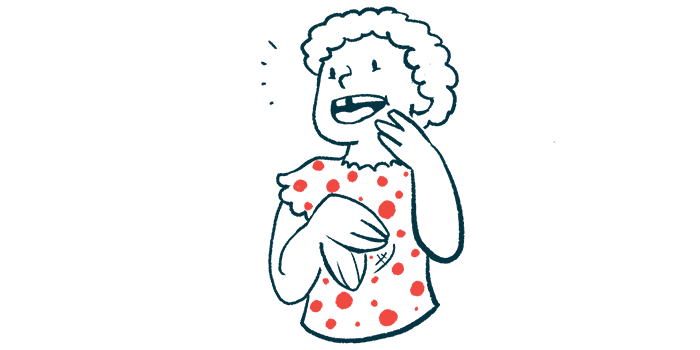Study: Seizure Control May Benefit Development in Angelman Children

Most children with Angelman syndrome experience substantially delayed development, a new study from China highlights.
Such developmental delays are especially pronounced in Angelman patients who experience seizures — which implies that seizure control may be beneficial for the development of children with the neurological disorder. The findings indicated that “the onset of seizures may … correlate with these patients’ intellectual development.”
“The data of this study can be used as baseline [starting] data for clinical trials performed to evaluate drug development or other AS treatment development,” the researchers wrote.
The study, “Epilepsy and Molecular Phenotype Affect the Neurodevelopment of Pediatric Angelman Syndrome Patients in China,” was published in Frontiers in Psychiatry.
Children with Angelman syndrome display a number of developmental differences from their typically developing peers. Specifically, most children with Angelman have limited or no use of language, and other cognitive and motor differences in development are also common.
Now, scientists at Fudan University conducted a natural history study (NCT03358823) to assess the development of children with Angelman in the country. The study included 119 children — 75 boys and 44 girls — with an average age of about 3.5 years.
“To the best of our knowledge, despite the increasing number of AS [Angelman syndrome] cases in China, no studies have examined their neurodevelopment objectively,” the researchers wrote, adding that “the neurodevelopment of patients with AS is often difficult to evaluate and compare because of the severe intellectual disability and dispersion.”
To measure developmental outcomes objectively, the researchers used a standardized tool called the Griffiths Mental Development Scale Chinese version (GMDS-C).
The GMDS-C “is an accurate and objective tool used to assess the mental development of children from birth to 8 years, especially those with developmental disorders,” the team wrote.
“This is the largest cross-sectional study to use the GMDS-C to assess the development of children with AS; furthermore, it is also the first to collect objective developmental data of AS patients in China,” they added.
The assessment tool consists of five subscales for all children — locomotor, personal-social interaction, hearing and language, eye-hand coordination, and performance. A sixth subscale, practical reasoning, is included for children ages 2 and older.
For each subscale, the researchers calculated a developmental quotient, or DQ — a percentage of the child’s score, compared with what would be expected for a typically developing child of that same age. A child who was “exactly normal” would have a DQ score of 100; a higher DQ indicates more advanced development than would be expected, while a lower DQ indicates developmental delay.
From the total GMDS-C scores for each child, the researchers also calculated a general quotient or GQ.
Among the Angelman children, the median GQ was 29.6. Nearly all of the children (99.2%) had a GQ lower than 70, which the scientists said indicates “severe neurodevelopmental delay.”
“None of the participants had measurable scores for practical reasoning, poor language skills, and limited developmental levels,” the researchers wrote.
The team then conducted statistical analyses to look for associations between various clinical factors and GQ or DQ scores. Results showed no association between biological sex and GQ or DQ scores, but these scores tended to be lower among older children with Angelman.
Patients with a deletion in chromosome 15 — the most common form of Angelman-causing genetic mutation — had significantly lower GQ scores than children with other types of mutations. Children with chromosomal deletions also had significantly lower DQs for three subscales: locomotor, personal-social, and performance.
“We believe that if the sample size had been sufficiently large, then the scores for all subscales would have been significantly different between the two groups,” the scientists wrote.
Notably, children who experienced seizures had significantly lower GQ scores than those who had been seizure-free. Lower DQ scores for the locomotor, personal-social, speech and language, and eye-hand coordination subscales also were recorded for children who had experienced seizures.
This finding implies that “therapies focused on reducing the severity of seizures and minimizing their frequency could be beneficial for the neurodevelopment of children with AS,” the researchers wrote. However, they cautioned that more research is needed to fully understand the relationship between seizures and developmental delays.
The researchers also noted that five participants (4%) “developed significant regression of development milestones after epileptic seizures; however, their abilities gradually improved after the seizures were controlled.”




